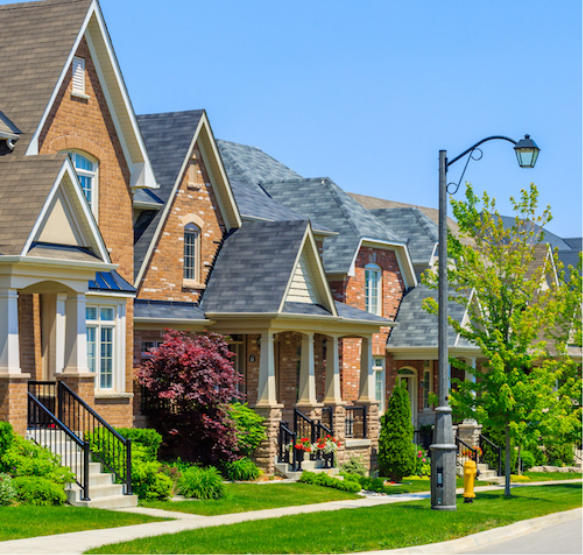American housing trends have been shifting away from ownership toward rental, says a new report, and as the population ages, the number of senior renters is expected to increase by 40% in the next decade.
In 2012, renters comprised 35% of U.S. households, reaching 43 million by early 2013, according to the Joint Center for Housing Studies of Harvard University in a 2013 report on America’s Rental Housing: Evolving Markets and Needs. While older age groups are more likely to own a home, by 2011, there were nearly 5.5 million renters aged 65 and older.
The number of renter households is projected to increase by approximately 4.0 million-4.7 million between 2013-23, dependent on certain external factors including immigration. As the boomers continue to age, this renter demographic is expected to increase by 2.2 million throughout the next decade, accounting for roughly half of renter household growth, says JCHS.
Not only is the 65-plus population increasing, but the number Americans aged 75 and older is also growing rapidly and is on pace to accelerate in 2020 as the oldest baby boomers reach this age. Renters in their mid-70s are more likely to require additional assistance with activities of daily living, the report notes.
Currently, among older renters who are assisted through federal programs, a large share reside in senior-designated housing developments.
In 2004, there were an estimated 943,000 units reserved for older households, according to Government Accountability data cited in the report. HUD data reports similar numbers, with 1 million elderly renters living in either public housing or privately owned developments with unit-based assistance as of 2012.
The report notes that HUD’s Section 202 program has been the primary means of expanding housing with supportive services for the elderly since it was established in 1959, but as of 2006 only 263,000 units were still in operation.
“The Section 202 program faces a number of significant challenges,” says JCHS in the report. “Many developments are quite old and in need of reinvestment. In addition, the subsidy contracts on an estimated 65,000 units—about a quarter of the total—will expire by 2023, requiring action to preserve this housing as affordable.”
With around 1.5 million residents in HUD-assisted units already considered “elderly” at aged 62 or older by 2012, approximately 600,000 more senior-designated units are needed to keep pace with the projected 40% growth in older renters, says the report.
“Projected changes in the age and race/ethnicity of US households have important implications for housing markets and for policymakers,” JCHS concludes. “The burgeoning number of seniors points to increasing demand for housing that meets the needs of aging renters. While many of these households may be able to stay in their current homes, others may have to move to housing with better access to services and social networks when they can no longer drive.”
Written by Alyssa Gerace



